公開日 2020年04月17日
更新日 2020年09月04日
Mrs. Nakamizo’s “Sasage Uiro”
This series follows two English teachers, Bethany Johnson (Canada) and Mayu Abe (Japan), living in and exploring the countryside of Sanagochi.
The Art of Making Wagashi
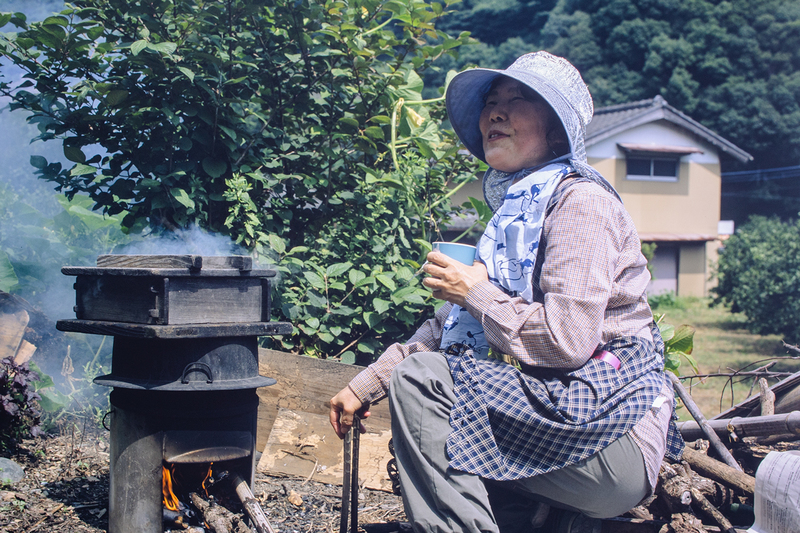
Pictured: Atsuko Nakamizo
Mrs. Nakamizo leads a peaceful life in the Saga area of Sanagouchi, waking up early every morning and tending to her beautiful garden and crops. She has been making traditional Japanese sweets, or “wagashi”, for over forty years, and grows her own beans for the process. But there is something a little different in the way she makes these sweets. Azuki red bean paste serves as the base for most Japanese sweets, but Mrs. Nakamizo uses a slightly different type of red bean called “sasage.”
Red Bean Paste... an odd flavour?
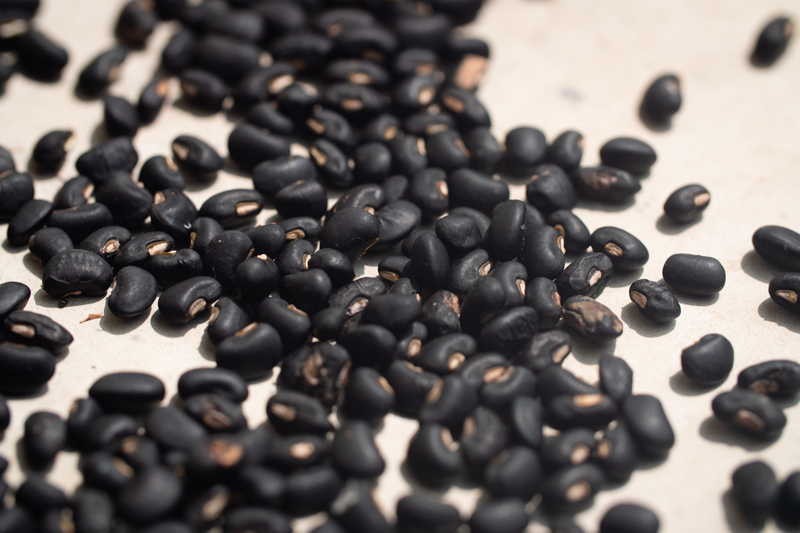
Sasage red beans are a relative of azuki red beans, but they have a slightly different shape, a more subdued flavour, and they are much more difficult to cultivate. According to Mrs. Nakamizo, this is why sasage beans are not commonly found in stores. Red beans are used in not only sweets, but you’ll find they sneak into other dishes as well, such as “sekihan” (rice made with red beans). The taste of red beans might seem a little odd to a Western palate, but especially here in the countryside, they’re very common. At first, I didn’t enjoy the flavour of red beans, but I soon came to appreciate them, and now I love all kinds of wagashi. Western sweets tend to be very sugary, like cakes and cookies, but the sweetness of wagashi is more subtle and often enjoyed together with the slight bitterness of green tea. Japanese-style tea time is my favourite!
How to Make Uiro
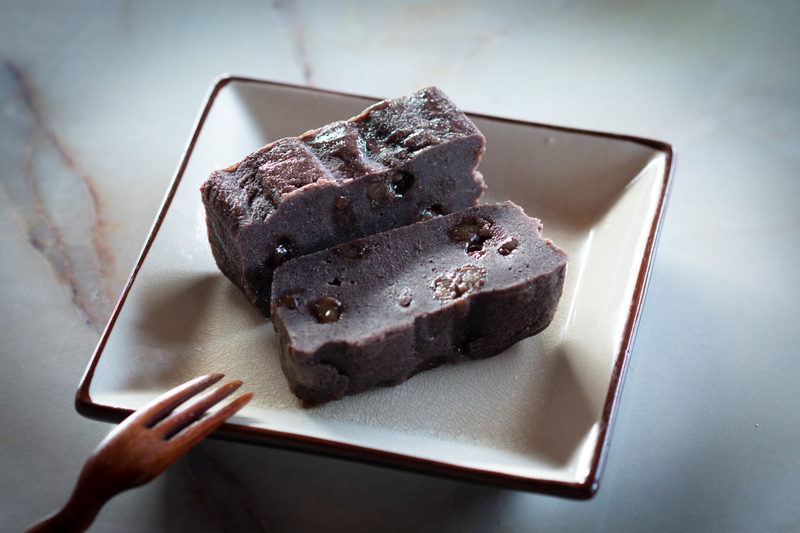
Mrs. Nakamizo’s daughter, Atsuko, is also learning about her mother’s art, and has inherited her skill in making various traditional dishes. Using Mrs. Nakamizo’s recipe, Atsuko taught us how to make uiro, a type of wagashi. It consists of a rice flour base mixed with sugar and bean paste, and has a firm jelly-like texture.
To make uiro, first, the red bean paste is prepared by crushing azuki beans and sugar into a paste-like consistency. Then, the paste is kneaded together with rice flour, sugar, and whole sweetened beans (amanatto). Finally, the cake-like mixture is folded into a wooden rack for cooking. We used a traditional outdoor stove to boil the water, then baked the uiro in a wooden box. This method takes time and care; feeding the stove with bamboo and fanning the flames until the water boils. We spent a humid morning taking care of the smoking fire as the uiro baked for thirty minutes, but our efforts were well worth it.
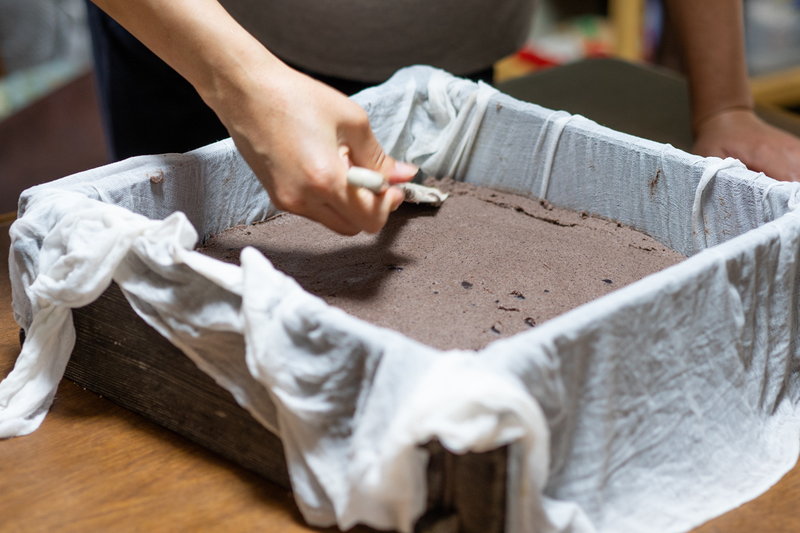
The completed uiro looked a little like chocolate cake, but the texture and taste couldn’t be more different. I’d tasted uiro before, but Mrs. Nakamizo’s sasage uiro was uniquely delicious. This firm, jelly-like treat was smooth and chewy, with a subtle sweetness. Just perfect! We enjoyed it with tea after having a lunch of curry and rice.
Finished!
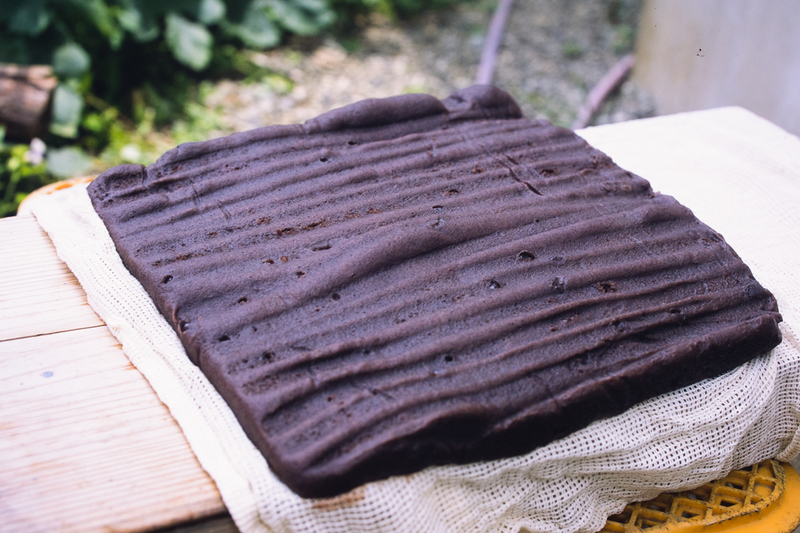
Mrs. Nakamizo has a tradition of making sasage uiro every spring to celebrate Girls’ Day (Hina Matsuri). In Japan, various wagashi are prepared for celebratory occasions; especially rice flour-based sweets like rice cakes (mochi). This custom really emphasises the importance and versatility of rice here in Japan, and how the Japanese can find so many different and creative ways of using it. In Canada, I suppose the closest thing we have to celebratory wagashi would be birthday cake!
An Enduring Tradition
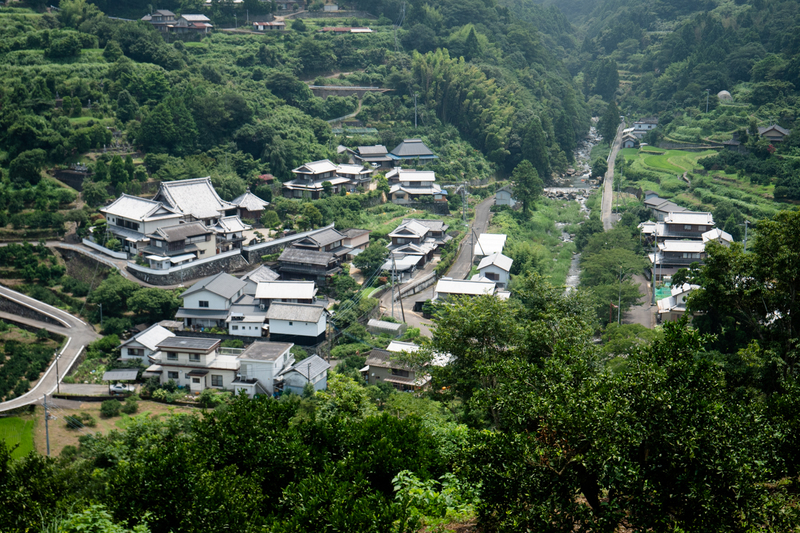
With her unique and adventurous personality, Mrs. Nakamizo also adds her own creative talents and subtle changes into well-known recipes and traditional methods of making sweets. I can only hope her methods and influence--and sasage uiro--will be passed down for years to come. I’ll keep learning and doing my best, too!

